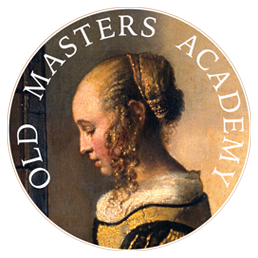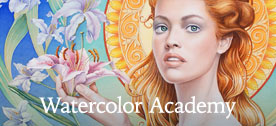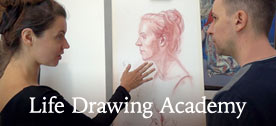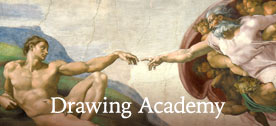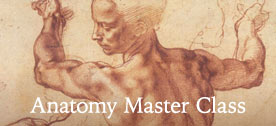Art Lesson 38, Part 24
Learn about Backgrounds in Rembrandt’s Portraits
Learn how to paint like the Old Masters!
Old Masters Academy Online Course
Self-study, self-paced online video courseLifetime membershipOne-time payment: $487Enroll Now!Personal Tutoring online + Online Course
Unlimited tutoring by the Academy teachersLifetime membershipOne-time payment: $997Enroll Now!« Back to the Art Lessons List
Backgrounds in Rembrandt’s Portraits
In a number of portraits, especially of men, Rembrandt painted cast shadows to the right of the figure while the source of light came from the top-left. Examples include: Portrait of Maurits Huygens, Portrait of Joris de Caullery, Self-portrait in a Cap of 1633, Pasadena’s Portrait of a 41-year-old Man, Portrait of a 40-year-old Man of 1632, Los Angeles’ Portrait of Dirck Pesser of 1634.
Shadows in the background were never sharply outlined silhouettes of people, but rather blurry shapes in warm tones.
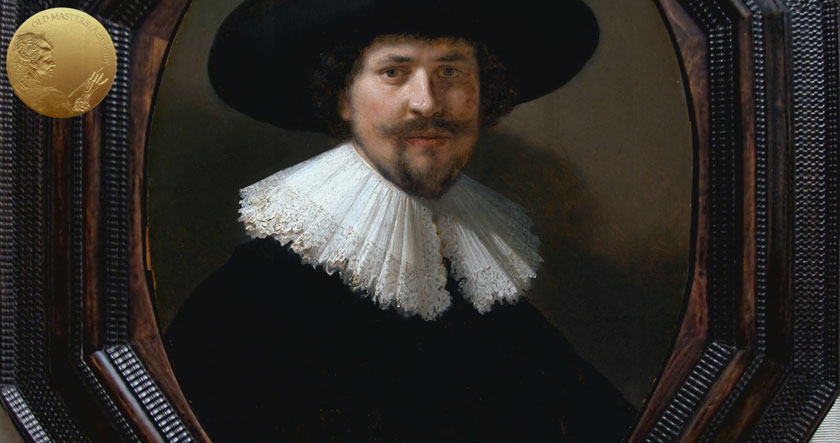
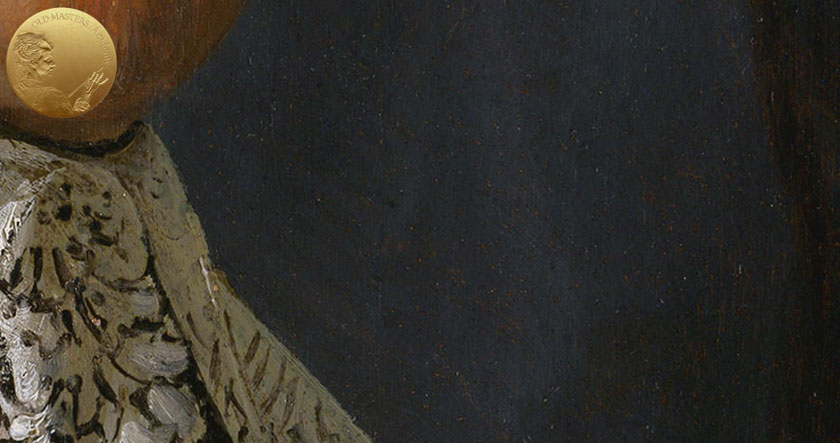
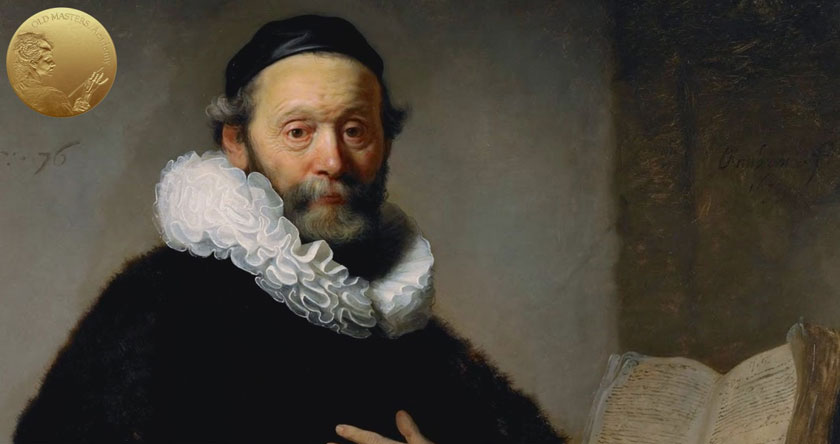
Such shadows are not new to Rembrandt. Frans Hals, Rubens, and other artists used this set up in multiple paintings. However, Frans Hals often did well-defined outlines of the shadows using higher contrasts.
In Portrait of Philips Lucasz, the background was painted in very opaque layers over the warm brown priming that was done with umber. Although the underpaining is visible in some places, it does not play an optical role like in the case with transparent glazes. This is quite unusual for Rembrandt because many of his works feature thinly painted backgrounds that are comprised of the ground color, adjusted by thin glazes.
